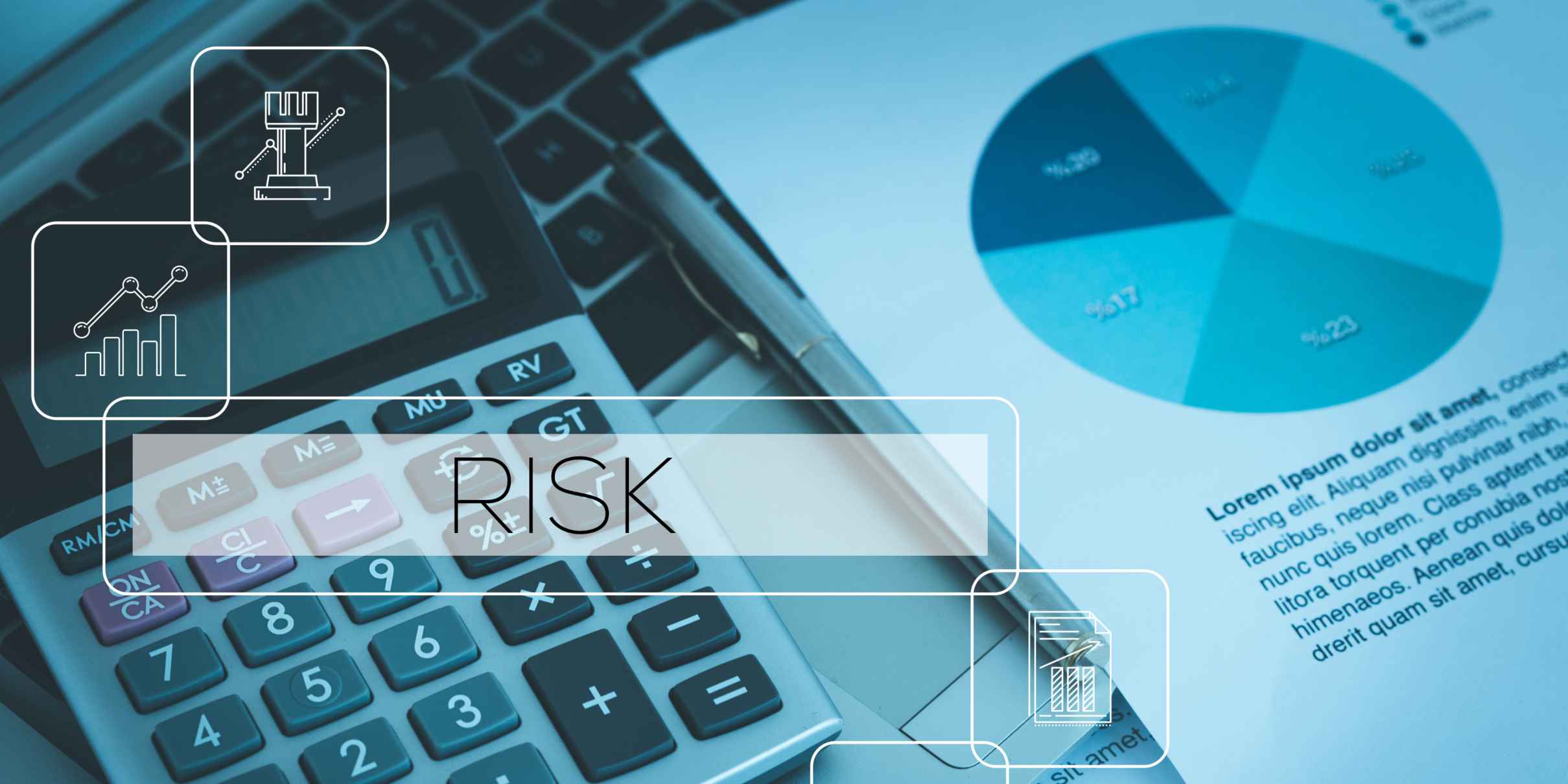An Information Security Management System (ISMS) isn’t just about protecting your organization—it’s about aligning security with strategy, creating resilience, and satisfying growing stakeholder demands around trust, governance, and risk transparency.
To build a robust ISMS that scales with your business and meets international standards like ISO 27001, you need more than documentation. You need a framework that embeds into how your organization thinks, acts, and evolves.
So, what exactly does a modern ISMS include? And how does ISO 27001 guide you to build one?
What Are the Core Components of an ISMS?
An effective ISMS, especially one aligned with ISO 27001, is built on four foundational components—commonly referred to as the “Four Ps”: People, Policies, Processes, and Products. These elements are interdependent and must operate as a system—not in isolation.
Let’s break each one down:
1. People
Your ISMS is only as strong as the people responsible for it. This includes:
- Executive sponsors (CIOs, CISOs, board-level risk owners)
- Operational leads who enforce controls
- Employees who need awareness and training
- External parties like auditors, vendors, and IT support teams
People define the culture of security—without buy-in and clarity, your policies will fail in execution.
2. Policies & Procedures
These form the documented rules, roles, and responsibilities for securing information assets. Examples include:
- Information security policy
- Access control policy
- Data classification and retention guidelines
- Incident response playbooks
Policies set the tone, but procedures operationalize intent into action. They must be clear, practical, and regularly reviewed.
3. Processes
Processes connect your people to your policies in a repeatable way. ISO 27001 emphasizes:
- Risk assessment and treatment planning
- Vendor and third-party due diligence
- Continuous monitoring and improvement
- Performance measurement and internal auditing
Each of these processes needs ownership, documentation, and feedback loops.
4. Products & Technology
Technology underpins the ISMS, but it must serve—not drive—the framework. Common ISMS-related tools include:
- Encryption and DLP systems
- Identity and access management (IAM)
- SIEM platforms for threat detection
- GRC tools like CERRIX for policy management and risk scoring
Well-integrated tech supports automation, reporting, and real-time visibility—but must be chosen based on need, not trend.
How Does ISO 27001 Structure Your ISMS?
ISO 27001 provides a blueprint for structuring your ISMS into seven strategic domains, outlined in Clauses 4–10:
- Organizational Context – Define internal/external issues, stakeholder expectations, and ISMS boundaries
- Leadership – Establish commitment, policy, roles, and communication
- Planning – Conduct risk assessments, set objectives, and plan treatments
- Support – Align resources, awareness, and documented information
- Operation – Execute planned risk mitigation activities and operational controls
- Performance Evaluation – Audit, measure, and review results
- Improvement – Address nonconformities and drive continual enhancement
This structure allows you to scale the ISMS based on size, industry, and complexity—while ensuring no critical governance area is missed.
What Role Do Annex A Controls Play?
ISO 27001’s Annex A lists 93 controls (as of 2022) to mitigate identified risks. These are grouped into four themes:
- Organizational controls (e.g., information classification, supplier security)
- People controls (e.g., user responsibilities, awareness training)
- Physical controls (e.g., secure areas, physical entry restrictions)
- Technological controls (e.g., encryption, monitoring, anti-malware)
Controls aren’t mandatory—they’re selected based on risk relevance, ensuring your ISMS is contextually grounded, not bloated.
Why Risk Management Is the Linchpin of a Successful ISMS
Unlike static frameworks, ISO 27001 is risk-driven. That means:
- Every control must map to a justified risk
- Your risk assessment method (quantitative or qualitative) must be consistent
- Risk treatment plans must be traceable, monitored, and reviewed over time
An ISMS without active risk alignment is simply a policy library—not a management system.
Bringing It All Together
When properly structured, an ISMS becomes your organization’s security nervous system—constantly sensing, reacting, and adapting to new threats while ensuring compliance and trust.
By combining ISO 27001’s structure (Clauses 4–10), flexible Annex A controls, and a risk-driven mindset, your ISMS becomes more than compliance—it becomes competitive advantage.
Key Takeaways
- A robust ISMS blends four domains: People, Policies, Processes, and Technology
- ISO 27001 provides a flexible yet comprehensive structure (Clauses 4–10 + Annex A)
- Risk alignment is essential—your ISMS should evolve based on actual threats
- Technology is a tool—not the driver—of effective security management
Spreadsheets vs. GRC Tools: Elevating Risk & Compliance Management
Accessible popup
Welcome to Finsweet's accessible modal component for Webflow Libraries. This modal uses custom code to open and close. It is accessible through custom attributes and custom JavaScript added in the embed block of the component. If you're interested in how this is built, check out the Attributes documentation page for this modal component.


.jpg)
%20(1).jpg)
%20(1).jpg)
.jpg)
.jpg)
.jpg)
.jpg)
%20(1).jpg)
.jpg)
.jpg)
.jpg)
.jpg)
.jpg)






%20(1).avif)



